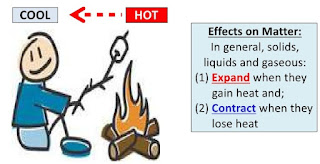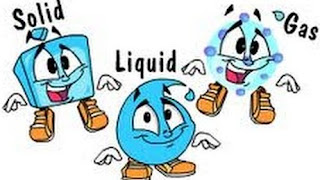Lesson Plan of Effects of Heat on Solids, Liquids and Gases General Science Grade IV

Lesson Plan of Effects of Heat on Solids, Liquids and Gases General Science Grade IV Students’ Learning Outcomes · Demonstrate and explain how matter changes its state on heating. Information for Teachers · One state of matter can be changed into another by heating. · Solid ice changes into liquid water with heat or keeping it at room temperature for some time. · Similarity liquid water changes into steam (gas) on heating. Material / Resources Ice, water, glass, candle, match box, stainless steel glass, handkerchiefs, textbook Worm up Activity · Take a handkerchief and soak it in water. · Ask students to touch it. · ...
